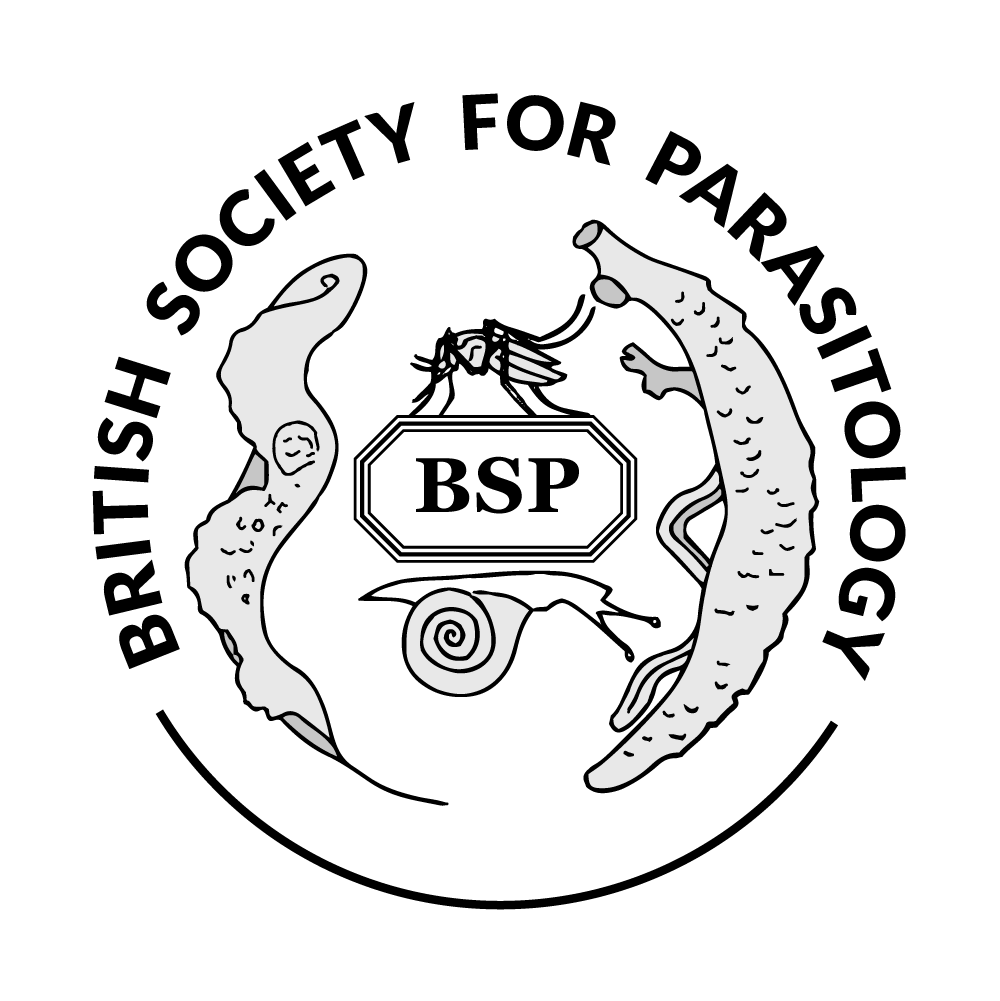Authors
M J McPhillie3; J A Gordon3; P J Kocienski3; S Wittlin1; C W Roberts4; G McConkey3; A P Johnson3; R McLeod2; C W Fishwick3; 1 Swiss Tropical & Public Health Institute, Switzerland; 2 University of Chicago, United States; 3 University of Leeds; 4 University of Strathclyde Discussion
Our research group at Leeds has expertise in the structure-guided optimisation of small molecule inhibitors of two parasitic diseases: malaria and toxoplasmosis. A validated drug target in both causative organisms is the mitochondrial electron transport chain (mtETC) responsible for (i) maintaining an electro-potential across the inner membrane and (ii) regeneration of ubiquinone to support pyrimidine biosynthesis. Our research efforts have focussed on two elements of this chain: cytochrome bc1 (complex III) and dihydroorotate dehydrogenase (DHODH). Here we describe the lead optimisation of two novel compound series targeting these proteins. 
